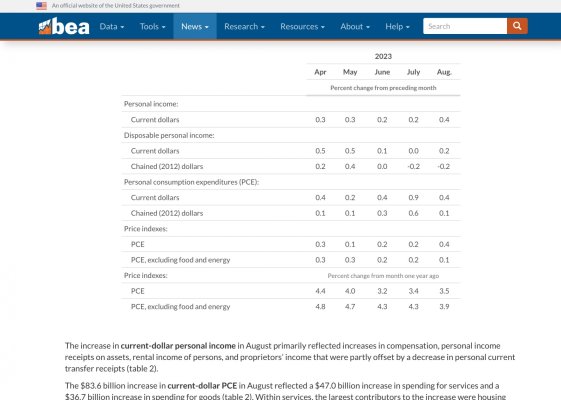LateToFIRE
Thinks s/he gets paid by the post
- Joined
- Jun 4, 2023
- Messages
- 1,171
Thinking about the last 2 years felt like as we emerged from the pandemic, people went on a crazy spending spree. Couple years ago looked like everybody, everywhere went out and bought a new car or pick-up truck or boat or camper or vacation home. Okay, I get that some priorities changed, but where did all the money come from? And as COVID subsided, seemed like suddenly all the pent up travel demand hit, everybody booking cruises, big vacations, etc. Where did all the money come from?
Big picture, a YOLO attitude kind of griped the U.S. and many people were willing to live for now at the expense of tomorrow - even more so than usual. Plus, this thing where people quit their jobs to "take the summer off". I know a handful of young people who did this. Whah? I never in a million years would have had the nerve to do that. Of course, with labor market softening this might prove short-sighted.
Anyhow, I think between the gluttony and the prodigious use of cheap credit, combined with the blunt impact of inflation and high borrowing costs, we are entering a national hangover. Parties over, lights turned on, headache from glare.
Just my anecdotal thoughts.
Big picture, a YOLO attitude kind of griped the U.S. and many people were willing to live for now at the expense of tomorrow - even more so than usual. Plus, this thing where people quit their jobs to "take the summer off". I know a handful of young people who did this. Whah? I never in a million years would have had the nerve to do that. Of course, with labor market softening this might prove short-sighted.
Anyhow, I think between the gluttony and the prodigious use of cheap credit, combined with the blunt impact of inflation and high borrowing costs, we are entering a national hangover. Parties over, lights turned on, headache from glare.
Just my anecdotal thoughts.


